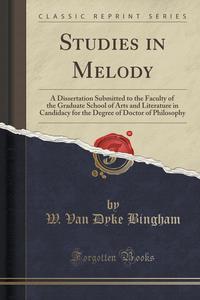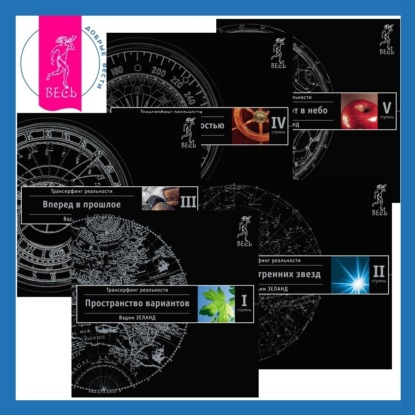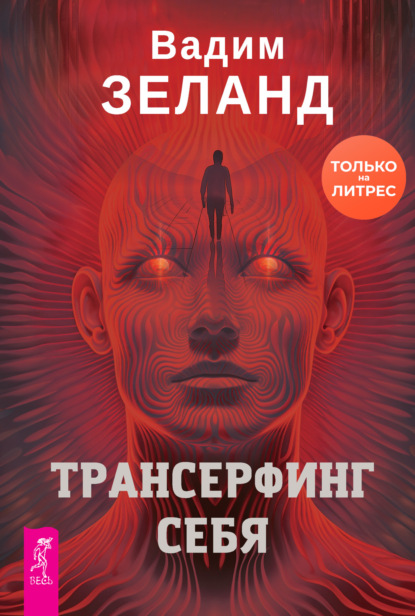Excerpt from Studies in Melody: A Dissertation Submitted to the Faculty of the Graduate School of Arts and Literature in Candidacy for the Degree of Doctor of Philosophy
In the first portion of this monograph are presented the results of investigations made in the psychological laboratory of the University of Chicago during the years 1905-07. The experiments which form the basis of the remainder of the work were carried on during the year 1907-08 in the Harvard psychological laboratory.
To the directors of these two laboratories, Professor James Rowland Angell and Professor Hugo Munsterberg, the writer desires to express his gratitude for patient counsel and stimulating criticism. He wishes also to acknowledge his obligation to the fellow-students of experimental psychology, who, in the capacity of observers, made possible the prosecution of these studies.
To the investigations of Professor R.H. Stetson in the field of rhythm the writer owes the method of attack employed in studying the relationships of muscular movement to the melody experience; and the outline of a motor theory of melody with which the present study is brought to a close is obviously the outgrowth of suggestions from Professor Stetsons important publications. Indebtedness to Professor Max Meyer is likewise evident, and nowhere more plainly than in those passages which express disagreement with his views.
My controversy with Professor Meyer is in part made necessary because of what seems to me to be an equivocal use of the term "tonal relationship" on his part; and lest a similar ambiguity creep in to vitiate the discussions of the following pages, I have taken pains in each instance to specify in which of its two common meanings the term "relationship" is used. Musicians speak of two tones as directly "related" when the ratios of their vibration-rates are so simple that one tone is found among the first five partials of the other, or, what amounts to the same thing, when the two tones belong to a major triad, the chord of nature."
About the Publisher
Forgotten Books publishes hundreds of thousands of rare and classic books. Find more at www.forgottenbooks.com
This book is a reproduction of an important historical work. Forgotten Books uses state-of-the-art technology to digitally reconstruct the work, preserving the original format whilst repairing imperfections present in the aged copy. In rare cases, an imperfection in the original, such as a blemish or missing page, may be replicated in our edition. We do, however, repair the vast majority of imperfections successfully; any imperfections that remain are intentionally left to preserve the state of such historical works. Это и многое другое вы найдете в книге Studies in Melody (W. Van Dyke Bingham)















